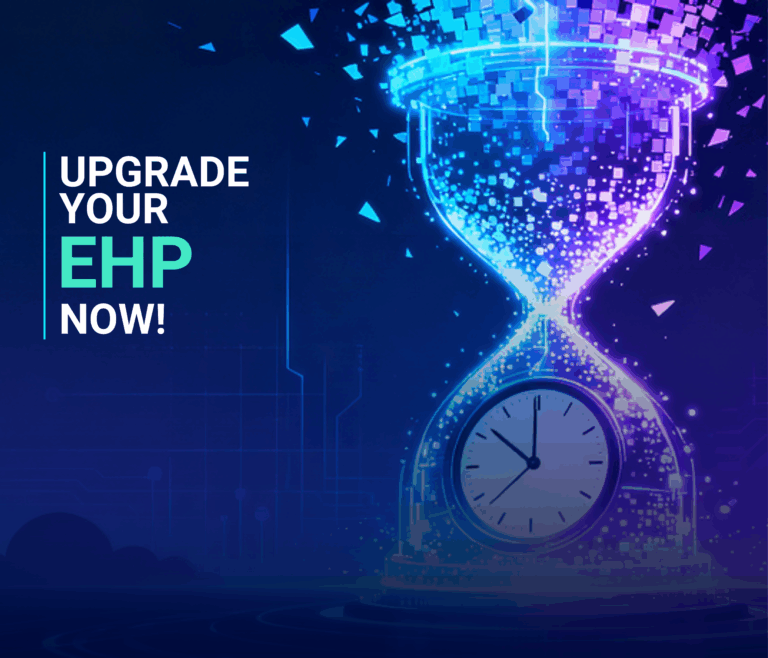
EHP8 Upgrade: Minimize Risk, Maximize Readiness, and Prepare Confidently for S/4HANA
Breadcrumb Home › Blogs › EHP8 Upgrade EHP8 Upgrade: Minimize Risk, Maximize Readiness, and Prepare Confidently for S/4HANA SAP Article Layout Contributor: Srikant Subramaniam Vice President 20.09.2025 Reading Time: 8 min 40 Sec SAP’s extended support for Enhancement Package 5 (EHP5) and all older versions vanishes for good on December 31, 2025. While some frame





